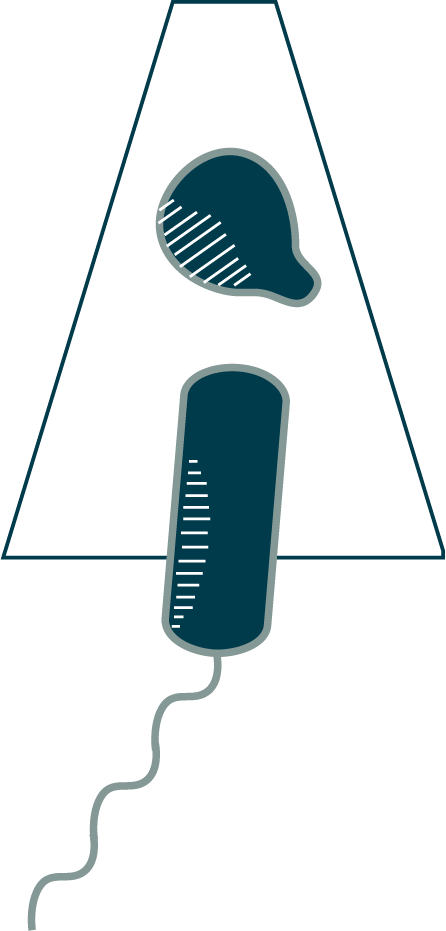To identify what a macromolecular complex looks like in the cell, we can use Correlated Light and Electron Microscopy, or CLEM, as demonstrated by this example in Caulobacter crescentus [13]. A structure of interest, in this case a “stalk band” in a cellular appendage (more on that in Chapter 4), is genetically tagged with a fluorescent label. Cells are plunge-frozen on an EM grid and first imaged by light microscopy, to locate the tagged structure within the cell. The sample is then transferred to the TEM and landmarks such as large fluorescent beads are used to find the same location. Then we can zoom in and image that location by cryo-ET to reveal the structure in detail.






